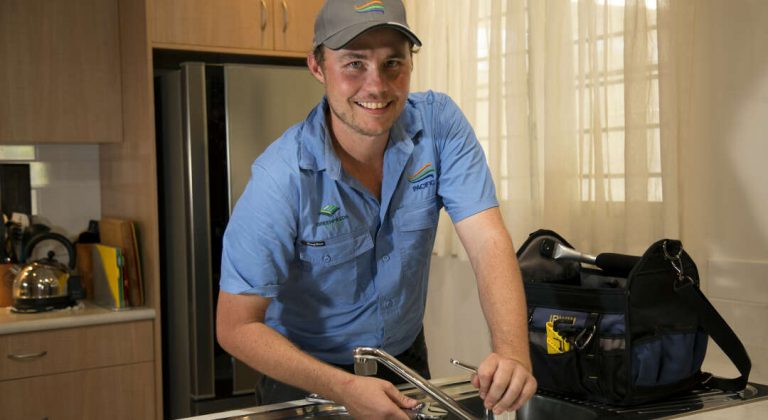The Prime Minister has clarified the level of testing taking place in Australia, following media comments that we are falling behind. This is what he said in a press conference yesterday:
PRIME MINISTER: “There is some important information I wanted to relay on testing. My morning brief this morning has Australia at 162,747 tests for Covid-19. Now, to put this in perspective, the tests by 100,000 population for Australia is five times, almost five times, 4.7 in fact, what it is in the United Kingdom, it is 25 times what it is in the United States. It is even higher now than in the Republic of Korea and puts Australia right at the top of that leaders board in terms of the amount of testing that we’re undertaking in Australia. This is a very important statistic because it shows that those testing resources we are securing and we are continuing to deploy”.The Health Minister, Greg Hunt reaffirmed that aged care workers are ‘at the forefront’ of people to be supported with testing and PPEs (personal protection equipment).
At the same time the Department of Health warns aged care providers of delays in receiving PPE due to increased demand – and only masks available.
The Department says it can only provide masks at this stage with other PPE to be provided “when available” – raising questions about the PPE stocks available to providers and aged care staff.
In an email to providers, the Department says it has introduced a new process for aged care providers to access PPE supplies – asking aged care services and staff not to approach the Primary Health Networks (PHNs) but instead email agedcarecovidppe@health.gov.au for all requests.
The Department says it will then triage the requests – with priority given to facilities, programs and workers where there has been a confirmed case of coronavirus.
“It is important to remember that if you do not have a confirmed case of COVID-19 within your facility, program or service you should expect delays in receiving your PPE due to the increase in demand,” it reads.
The letter also asks providers to list in their request the details of the suppliers they have attempted to source PPE stock from – and the types and quantities of PPE required, but adds: “please note, only masks are available at this stage and other PPE will be provided when available”.
The Government had assured the sector at the previous Friday’s aged care forum on the coronavirus in Canberra that it would make the availability of PPE to aged care services a priority.



